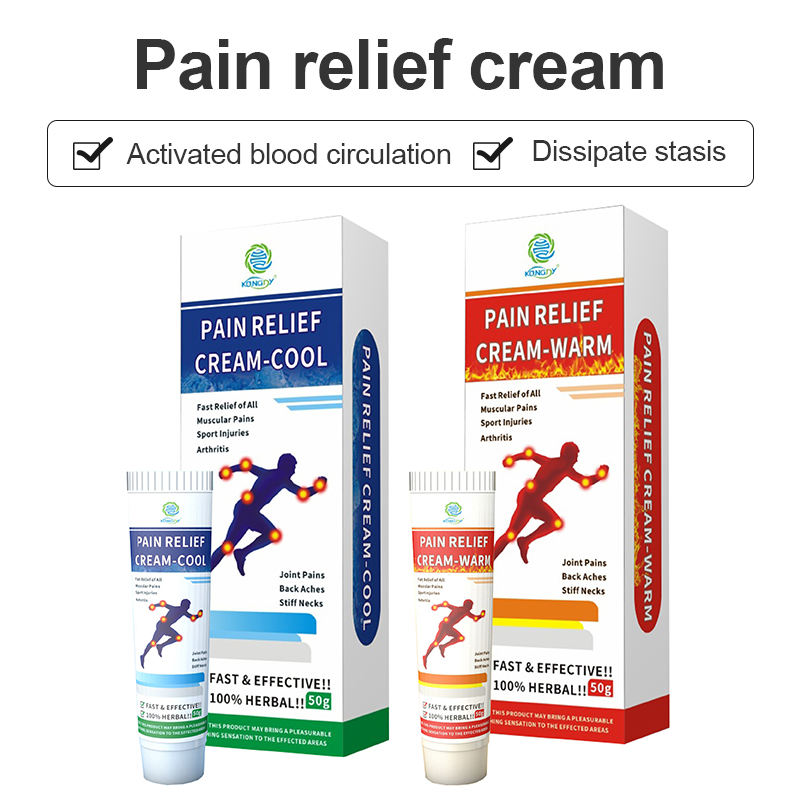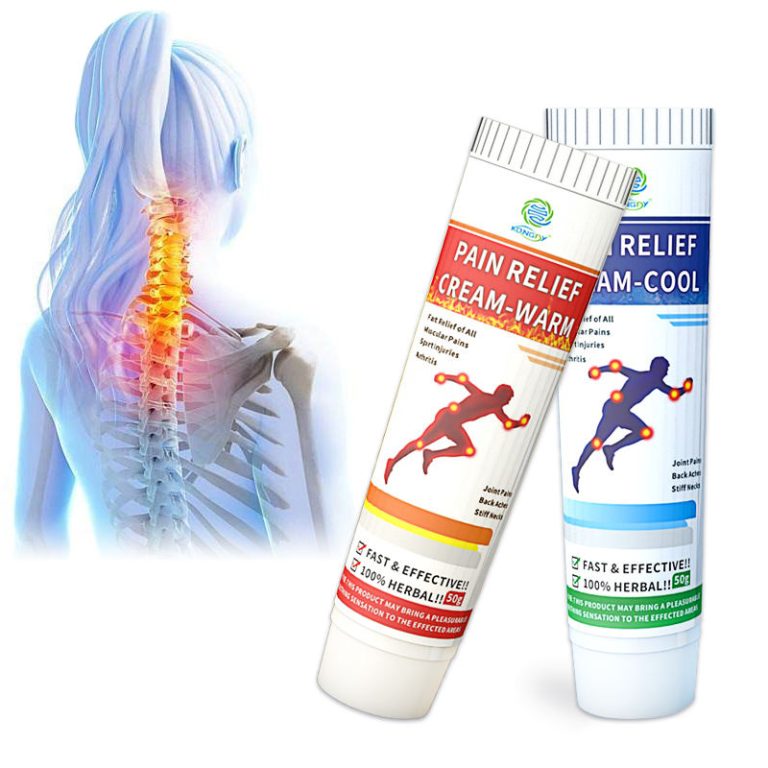Pain relief cream is a popular over-the-counter product used to alleviate minor aches and pains caused by various conditions such as arthritis, back pain, muscle strain, and more. It works by delivering ingredients that are designed to reduce inflammation and provide temporary relief from discomfort. In this article, we will explore the science behind pain relief creams, their ingredients, and how they can help manage different types of pain.
The ingredients in pain relief creams can vary depending on the specific formula, but many contain a combination of topical anesthetics, anti-inflammatory agents, and/or capsaicin. Topical anesthetics work by blocking pain signals from nerves to the brain, providing quick relief from pain. Anti-inflammatory agents, such as ibuprofen or diclofenac, help reduce swelling and irritation in the area, further easing discomfort. Capsaicin, the active ingredient in chili peppers, stimulates nerve endings to release natural pain-relieving endorphins, which can help relieve chronic pain.

When applying a pain relief cream, it is important to follow the instructions provided on the label. Generally, it is recommended to apply the cream to the affected area and massage it gently for a few minutes to allow the ingredients to penetrate the skin. It is important to note that pain relief creams are not intended to provide long-term relief or cure underlying conditions. They are designed as a temporary measure to ease discomfort until the condition improves or treatment is received.
In conclusion, pain relief creams can be a convenient and effective way to manage minor aches and pains caused by various conditions. By understanding the science behind these products and how they work, individuals can make informed decisions about their use and enjoy temporary relief from discomfort. It is always advisable to consult a healthcare professional for advice on the use of pain relief creams or any other over-the-counter products.






